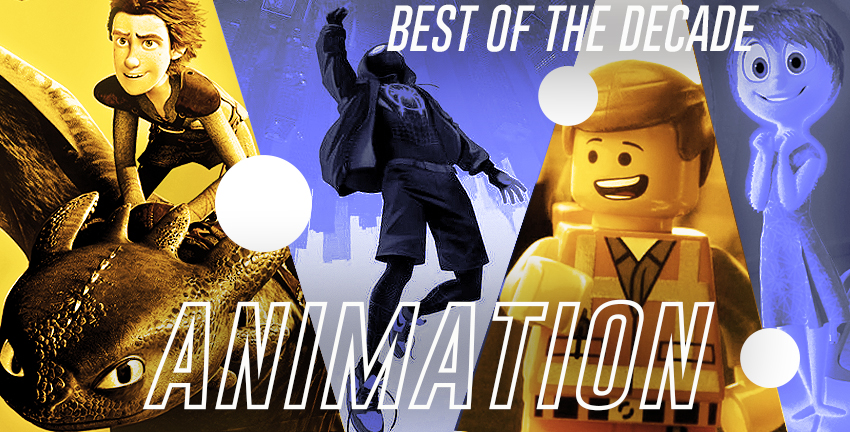
As we near the end of the second decade of the 21st century, it’s amazing to think how many fantastic films have graced the screen in the last ten years. Not content to do one simple Top 10 list, we here at JoBlo.com have decided to go one step further and provide our readers with several Top 10 lists spanning multiple genres, as there are far too many great films in the last decade to have only one, all-encompassing list. So, take a look at our faves below and share YOUR favorites in the comments section!
Naturally, as JoBlo's resident cheerleader for all things animated, I've been tasked with crafting our Top 10 Animated Films of the Decade list. This is an assignment that I take great pride in presenting, as it's obvious that the animation medium has grown by leaps and bounds over the past decade, resulting in some of the best animated films of all time being unleashed set loose upon us all. Arranged in alphabetical order, the following list pulls films from all corners of Hollywood’s most elaborate and imaginative format. Whether we’re honoring the memories of the dead through the power of song, ousting antiquated traditions by carving a new path, or arriving as a breath of fresh air in an over-crowded animated atmosphere, every title on this list served as a monument to the craft of creating awe-inspiring worlds and unforgettable characters unlike any we’ve ever seen before.
Now, without further adieu, we present to you our Top 10 Animated Films of the Decade!
FROZEN (2013)
Unleashed upon the world – and the vulnerable wallets everywhere – by Walt Disney Animation Studios, FROZEN was directed by Chris Buck and Jennifer Lee, with Lee also penning the film’s game-changing screenplay. Inspired by Hans Christian Andersen’s fairy tale “The Snow Queen,” elements of FROZEN’s story were re-shaped several times before the film was finally commissioned in 2011. At the time when FROZEN took cinemas by storm in 2013, the film arrived as a box office barn burner and merchandising juggernaut the likes of which had never been seen before. Despite FROZEN’s story taking place in the snow bound kingdom of Arendelle, word of the film’s excellence still managed to spread like wildfire, thanks to the praises of the public and critics alike. To this day, FROZEN stands as the highest-grossing animated film of all time with $1.276 billion in worldwide receipts. Some would say that Jon Favreau’s THE LION KING now holds the record thanks to its $1.65 billion global take, but who among us would place Simba’s latest live-action adventure amongst other, more traditional animated features? Nobody? I didn’t think so.
To say that FROZEN started a revolution among Disney animated features would be an understatement. In my opinion, FROZEN single-handedly re-wrote the studio’s antiquated “Princess Formula,” by having Elsa’s “act of true love” be one of a familial nature as opposed to the threadbare yarn of a prince coming to her rescue. This single plot point, coupled with the film’s overwhelming success, arguably sent up a signal flare over Disney’s Magic Kingdom, which burned a bright message into the sky that said “THE PRINCE IS DEAD!” Thus, Disney’s next Princess film, MOANA, abandon the true love motif entirely. Moreover, Disney’s live-action ALADDIN re-wrote aspects of Jasmine’s long-established narrative, by proclaiming her the new Sultan of Agrabah by the close of the film. In addition to triggering a sea change within the industry, FROZEN’s message of empowerment to young viewers has helped secure the film’s stranglehold on pop culture. Mouseketeers young and old have embraced the film for its breath-taking animation, depth of character, and positive messaging for young minds. In conclusion, if you’ve got an ax to grind about FROZEN being on this list, maybe you should just let it go.
HOW TO TRAIN YOUR DRAGON (2010)
When Dreamworks Animations’ HOW TO TRAIN YOUR DRAGON took flight in theaters, it could not have come along at a better time. With the studio being three chapters into its SHREK franchise, and the arrival of KUNG FU PANDA 2 still a year away, Dreamworks needed a palate cleanser for those who’d grown tired of ogres, talking animals, and middling animations that barely moved the needle. Directed by Chris Sanders and Dan Deblois, who co-wrote the screenplay with William Davies, HOW TO TRAIN YOUR DRAGON is loosely based on the 2003 novel of the same name by British author Cressida Cowell. Starring the voice talents of stars like Jay Baruchel, Gerard Butler, America Ferrera, Jonah Hill, and Kristen Wiig, Dreamworks’ gripping and emotional fantasy tale about friendship and self-actualization breathed fire at the box office with $494.9 million in global returns.
In addition to being the first of three successful films in the franchise, HOW TO TRAIN YOUR DRAGON remains one of animation’s more inspiring stories of the past decade. Without delving too much into plot particulars, suffice it to say that Sanders and Deblois’ film takes the all-too-familiar underdog trope and adds just enough new ingredients to the formula to make the story feel impactful and important. Visually speaking, HTTYD manages to impress thanks to its unique creature designs and emphasis on bringing emotion to its human characters. While the movie does have something of a muted color palette when compared to its sequels, there’s been few animated experiences this decade as exhilarating as Hiccup’s first ride atop his dragon companion, Toothless. At the end of the day, HOW TO TRAIN YOUR DRAGON remains a film that packs just as much heart as it does moments of pure fantasy bliss. The series might have come to an end this year with the release of HOW TO TRAIN YOUR DRAGON: THE HIDDEN WORLD, but the legacy left by this first film will be felt for decades to come.
INSIDE OUT (2015)
Arriving like an emotional haymaker in theaters on June 19, 2015, Disney/Pixar’s INSIDE OUT tells the all-too-relatable tale of Riley, a young girl who’s been uprooted from her Midwest life and is moved to San Francisco, an event that triggers a torrent of emotions as she navigates her new life. Directed by Pixar legend Pete Docter and co-directed by Ronnie Del Carmen, the film boasts a screenplay written by Docter, Meg LeFauve and Josh Cooley. According to Disney lore, Docter began developing INSIDE OUT in 2010, after noticing a shift in his daughter’s personality as she got older. Sandwiched between Pixar’s MONSTERS UNIVERSITY and the “simple story, well told” THE GOOD DINOSAUR, INSIDE OUT pierced the hearts of theatergoers everywhere, resulting in a staggering $857.6 million global take for Docter’s psychological love letter to his daughter’s forever-expanding psyche.
Amidst the movie’s visual splendor and nuanced cast of characters, INSIDE OUT’s crowning achievement lies in its ability to come off as wholly-relatable to audience members. Regardless of gender, we’ve all felt the pangs of puberty, as well as the delightful delirium that comes from navigating uncharted emotions. Riley’s story, in one aspect or another, is also our own, making the film truly unique among its other animated compatriots. For my money, INSIDE OUT also teaches an important lesson to its young viewers; in that it’s okay to accept the good with the bad. Not a single person on this planet has life all figured out, and it’s okay to feel sad, angry, disgusted, and fearful about the unknown. Alongside the film’s positive messaging, INSIDE OUT also takes us on an eye-popping tour of the human mind, unique in its presentation. Throw in the emotional gut-punch of sacrificing an imaginary friend to Father Time due to a lack of relevance, and you’ve got the makings of one of the most memorable animated films in the past ten years.
KUBO AND THE TWO STRINGS (2016)
No one does stop-motion animated marvels like Laika Studios, who in 2016 released their most ambitious film to date, KUBO AND THE TWO STRINGS. Pitched as a “stop-motion samurai epic” by production designer Shannon Tindle, the concept was so intriguing that Lakia’s own CEO, Travis Knight, helmed the project for his directorial debut. Starring the voice talents of Charlize Theron, Ralph Fiennes, George Takei, Cary-Hiroyuki Tagawa, Rooney Mara, and Matthew McConaughey, the story revolves around Kubo, a young boy who must locate a magical suit of armour worn by his late father in order to defeat a vengeful spirit from the past. Meticulously crafted, visually spellbinding, and emotionally crippling, Kubo was lavished with praise upon its release, with some fans and critics proclaiming the film to be Laika’s crown jewel in an already ornate library of greats. Unlike other box office behemoths on this list, Kubo only managed to fold up $77.5 million at the worldwide box office, but that’s not going to stop us from proclaiming this stop-motion masterpiece as one of the best animated films of the decade.
For what KUBO AND THE TWO STRINGS lacked in box office returns, the film more than makes up for it in critical acclaim. Throughout the 2016 awards season, Laika’s stop-motion saga of song and samurai legend was nominated for two Academy award categories: Best Animated Feature and Best Visual Effects. Additionally, the movie was recognized as the Best Animated Film of the Year by critics’ associations around the world, as well as other awards organizations. While CGI-animated spectacles continue to dominate the animation market, KUBO AND THE TWO STRINGS stands as a masterclass of stop-motion, a process that has the film’s creators literally going hands on with all the action. The result of this intimate approach to animation is something that feels organic, whimsical, and painstakingly plotted. To watch all of Kubo’s elements come together on screen is to witness a delicate dance between many partners, each one a technician or puppeteer who helped create an unforgettable stop-motion fable.
THE LEGO MOVIE (2014)
Everything was awesome when the time-honored build-a-brick toy company, LEGO, announced their plans to construct an animated film universe featuring minifigures from across their expansive library of original and licensed properties. Directed by Phil Lord and Christopher Miller from a story written by Lord, Miller, and Dan and Kevin Hageman, THE LEGO MOVIE stands as one of this decade’s technical stunners, in addition to being among the best laugh-out-loud comedies in all of animation. Starring Chris Pratt, Will Ferrell, Elizabeth Banks, Will Arnett, Nick Offerman, Alison Brie, Charlie Day, Liam Neeson, and Morgan Freeman, the film centers on Emmet Brickowski, an ordinary LEGO construction worker, thought to be the prophesied “special,” a title that finds the happy-go-lucky minifig in a position to help save the LEGO universe from an evil tyrant. Green-lit by Warner Bros. in November of 2011, with a planned release for 2014, the LEGO film project used a total of 3,863,484 unique LEGO bricks to complete the project. When it comes to dollars stacked for Lord and Miller’s animated and madcap comedy, THE LEGO MOVIE assembled $469.1 million at the worldwide box office. Since that time, WB and LEGO have teamed for a series of animated films, including THE LEGO BATMAN MOVIE, THE LEGO NINJAGO MOVIE, and THE LEGO MOVIE 2: THE SECOND PART.
After creating a series of successful short films, direct-to-video features, video games, and TV series, it was only natural that LEGO make the jump to the big screen. Fueled by nostalgia and a passion to present LEGO to long-time fans like never before, THE LEGO MOVIE delivers as both a family-friendly comedy and a wild ride down memory lane for veteran Master Builders in the audience. The film positively explodes with personality as we’re introduced to one colorful world after another, each one populated by a cast of new and legendary characters. None of this would have been possible without Animal Logic, the studio in charge of giving the movie a stop-motion animated look despite its CGI presentation. Through the power of technology and imagination, the team that built THE LEGO MOVIE managed to create a visually-compelling roller coaster ride that also carries an important message about order, and how sometimes something beautiful and inspiring can be created out of chaos. In my opinion, the only reason one would need to use Kragle, would be to cement this movie’s place as one of the best animated films of the decade.
PARANORMAN (2012)
Still my favorite of Laika’s films to this very day, PARANORMAN excels at being both a stop-motion masterpiece for the ages as well as a love letter written in blood for fans of the horror genre. Production on PARANORMAN began in 2009 and lasted for three long years, two of which were spent on capturing the film’s seamless and spooky animation. Conceived by MISSING LINK director Chris Butler, PARANORMAN was constructed as an ode to the horror films of yesteryear, while also serving as a social commentary on the challenges kids face as they continue to learn and grow. Butler co-directed the family-friendly frightfest alongside Sam Fell, from a script based on one of Butler’s original ideas. Come the 2012 Awards season, PARANORMAN was nominated for an Academy Award in the category for Best Animated Feature. Despite losing the award to Disney’s BRAVE that year, PARNORMAN went on to receive a plethora of Best Animated Feature wins, courtesy of the BAFTA Awards as well as a myriad of notable Critics Association outlets. With regard to the film’s box office returns, Laika’s stop-motion spooktacular scared up $107.1 million in tickets sold, making PARANORMAN Laika’s second-most lucrative film behind the 2009 feature-length debut, CORALINE.
As a child of the ‘80s, I grew up while surrounded on all sides by horror legends such as Freddy Kueger, Jason Voorhees, Jack Torrance, and of course, re-airings of George A. Romero’s NIGHT OF THE LIVING DEAD. For people like me, PARANORMAN acted as a revelation for the animated medium, as no other film in stop-motion history had so lovingly represented the horror genre while also establishing a world all its own. While telling the story of Norman Babcock, a young and misunderstood horror fanatic who battles ghosts, zombies and grown-ups to save his town from a centuries-old curse, Laika invites viewers into a world that feels haunted, savage, and alive with the spirits of the undead. In addition to acting as an ode to old school horror, PARANORMAN also carries a positive message about tolerance, and how a fear of the unknown will keep us separated as a society. Inherently creepy, ceaselessly spectacular both in atmosphere and technical prowess, PARANORMAN has emerged as one of the most lively and lovingly-crafted animated films of the past ten years.
RANGO (2011)
If’n you didn’t think that Paramount Pictures’ CGI-animated Western, RANGO, was going to eventually mosey onto this list, well then, pardner, it might be high time that you revisit this criminally unsung gem of the Wild West that are this decade’s animated offerings. Directed by Gore Verbinki as his first animated film from a screenplay by John Logan, RANGO finds Johnny Depp, Isla Fisher, Bill Nighy, Abigail Breslin, Alfred Molina, Harry Dean Stanton, Ray Winstone, Timothy Olyphant, Stephen Root and Ned Beatty starring in a film about an ordinary chameleon who accidentally winds up in the town of Dirt, a lawless outpost in the Wild West in desperate need of a new sheriff. As a part of the film’s unique filming process, the actors donned costumes and performed on makeshift sets to “give them the feel of the Wild West.” If’n you’re curious about RANGO’s box office reception, you’ll find that Verbinski’s sand-swept nod to the Westerns of old rustled up $245.7 million in global ticket sales. The film arrived as a critical darling among many entertainment outlets, in addition to receiving the Oscar for Best Animated Film at the 2011 Academy Awards. In fact, if you take a gander at RANGO’s lush list of accolades, you’ll find that the film was hailed as the Best Animated Feature by damn-near every film organization under the blazing sun.
Pulling up its bootstraps the same year as a series of animated sequels oft-forgotten original animated films, RANGO shot straight from the hip with its off-kilter character designs, wickedly-cool Western setting, and more tips of a ten-gallon hat to the classics from which many of its set pieces and scene-stealing moments are based. By lassoing up a number of references to films like A FISTFUL OF DOLLARS, CHINATOWN, THE GOOD, THE BAD, AND THE UGLY, RAISING ARIZONA, and even FEAR AND LOATHING IN LAS VEGAS, Paramount’s “fish out of water” animation strikes it rich for this story of vermin, varmints, and embellished identity. At its core, RANGO is an elaborate underdog tale paired with important messages about crooked leaders, bullying, and doing what’s best for the posse as opposed to remaining a lone wolf. In addition to being a character-driven display of technical beauty, RANGO also features one of the most pulse-pounding dogfights of the decade courtesy of Rango and his deputies going hoof-to-claw against Balthazar’s bat-riding clan of contemptuous cronies. There’ve been few animated films this decade that have set themselves apart from the herd like RANGO, and I’ll be a cowpoke being measured for his coffin if’n it doesn’t deserve a spot on this list.
SPIDER-MAN: INTO THE SPIDER-VERSE (2018)
When Sony and Marvel’s SPIDER-MAN: INTO THE SPIDER-VERSE was released in theaters it came out slinging. Word of there being an animated Spider-Man film in the works had leaked following the November 2014 hack of Sony’s confidential files, which in turn had fans of the webbed wall-crawler, well, crawling the walls for any and all details related to the mysterious project. After assembling a team comprised of top-tier talent, it was announced that Bob Persichettie, Peter Ramsey, and Rodney Rothman would co-direct, with THE LEGO MOVIE’s Tim Lord, Christopher Miller, Avi Arad, Amy Pascal, and Christina Steinberg producing. Based on a story written by Lord, it was soon revealed that the highly-anticipated animation would revolve around Miles Morales, Marvel’s first African-American and Puerto Rican web-head. Upon being unleashed in theaters, Into the Spider-Verse quickly became the animation event of 2018. With a worldwide gross of $375.5 million over its $90 million budget, Spidey’s latest big screen adventure was labeled a financial success and then some. During awards season, Into the Spider-Verse webbed up the Oscar for Best Animated Feature at the Academy Awards, in addition to a spoil of other accolades from major film and entertainment outlets.
To quote an advertisement for Popsicle-brand “Lick-A-Color” Ice Pops, “The colors, Duke! The colors!” Without a doubt, Into the Spider-Verse is the most visually-arresting animated film of the decade. Ask anyone who’s seen the movie what they thought of it, and I guarantee you that the first words out of their mouth will be in relation to the film’s bold, energetic, and game-changing array of art styles. That’s impressive, especially when coupled with the opinion that Into the Spider-Verse is an emotional powerhouse as well. Another overwhelmingly-impressive aspect of the movie’s excellence is how it excels at introducing not one, but six individual Spider-people, each with their own origin and reasons for fighting the good fight. It’s a juggling act that takes meticulous planning, a keen sense of balance, and the talent to expertly establish an entire universe in just under two hours. I honestly can’t think of another animated film that has left more of an impression on the genre since Disney and Pixar changed the landscape forever with the 1995 release of TOY STORY. Mark my words, you will see studios taking cues from Into the Spider-Verse for years to come, as it definitely represents a revolutionary leap for animation on the big screen.
TOY STORY 3 (2010)
Presented as the third chapter of Disney and Pixar’s cherished Toy Story franchise, TOY STORY 3 is not only the most nuanced installment of the series, it also stands as one of the most striking, sentimental, and sinister animations of the past ten years. Directed by COCO helmer Lee Unkrich, and written by Michael Arndt from a story conceived by Unkrick, John Lasseter, and Andrew Stanton, TOY STORY 3 takes Woody, Buzz, and all their friends on an emotional journey for the ages, despite a series of production woes, including a heated custody battle over who owned the rights to the characters. At the start of 2006, Disney purchased Pixar, a power move that resulted in an early version of the film being cancelled. In time, a wholly-original script was approved, and work began on the project with 2010 as the sequel’s tentative release date. After all was said and done, the studio produced the fourth highest-grossing animated feature to date, after TOY STORY 3 deposited $1.067 billion in worldwide receipts into Disney’s toy box. Come awards season, TOY STORY 3 earned both an Academy Award and a Golden Globe for Best Animated Feature, in addition to a series of other prestigious honors from film organizations the likes of BAFTA, Critics Association, People’s Choice, and Women Film Critics Circle establishments.
When presented with the daunting task of describing TOY STORY 3 to people who’d never seen it before, I tell them it’s the “Kali Ma” of Pixar’s long and storied career. By that I mean that the final act of the film will rip your heart out and show it to you before you die of dehydration, thanks to all the tears you’re likely to shed once the story of Andy’s toy collection comes to its bittersweet conclusion. The film is also overtly sinister, as themes of segregation, slavery, and separation anxiety lord over every madcap moment, high-energy hijink, and clever character-defining display of virtuousness and determination. For my money, there’s no moment in animation this decade that was more nail-biting than when Woody and friends were incinerator-bound, the lot of them joining hands as the flames licked at their vintage varnishes and collector’s item clothing. Oh, and that moment when Andy and Bonnie play with the toys together? Unforgettable. I’d continue, but I trust that we all know why TOY STORY 3 is on this list. If you don’t. You had better ask somebody.
ZOOTOPIA (2016)
Last but certainly not least, we’ve arrived at Walt Disney Animation’s ZOOTOPIA. Directed by Byron Howard and Rich Moore, with co-direction by Jared Bush, the screenplay by Bush, and Phil Johnson, takes place in a city of anthropomorphic animals, where a rookie bunny cop and a cynical con artist fox must work together to uncover a conspiracy. Pitched as one of six ideas by Byron Howard to Disney Animation chief creative officer and executive producer John Lasseter, the concept that would eventually become ZOOTOPIA underwent a series of revisions before arriving as a police procedural with social commentary that was just as much of a conversation starter as the film’s rich inner-city setting or cast of outrageous characters. At the time of its release, ZOOTOPIA delivered its messages of tolerance to millions, resulting in a global total of $1.024 billion in tickets sold. Much like many other films on this list, ZOOTOPIA won Best Animated Film at the Academy Awards, and went on to collect a menagerie of other accolades from a variety of world-renowned outlets.
Resting currently as the seventh highest-grossing animated film of all time, Disney’s ZOOTOPIA connected with audiences in a very big way. Much of this is likely due to the animation’s timely subject matter, which delves into the departments of racism, political corruption, and inalienable rights among the citizens of our diverse and forever-expanding society. In addition to offering an animated take on the “love thy neighbor” adage, ZOOTOPIA is also teeming with life thanks to the film’s anthropomorphic populace and bustling city of sin, suppression, and societal norms under fire. That’s not to say that ZOOTOPIA is all doom and gloom. Far from it, actually. Alongside the film’s clever, albeit blatant commentary, is a pseudo-noir mystery that lends wonderfully to the film’s unlikely detective-like duo and the blossoming of their peculiar partnership. Moreover, ZOOTOPIA also introduced audience members to the wonders of “iGroom,” a fur-controlling software that granted Disney’s artists complete control over, you guessed it, fur. Through this technology, ZOOTOPIA presented some of the most detailed animal character designs that animation has ever seen. To be clear, the movie showcases 64 different species of animals, with up to 800,000 mammal variants. When you combine ZOOTOPIA’s layered story elements, impressive technical display, and world-building majesty, it all starts to make sense as to why it deserves a spot on this list.
Woof! That was a gauntlet, but we got it done!
As we march toward the start of a new year, I can't help but wonder which animated features will stand out amongst the crowd. Personally, my most anticipated animated releases are Disney and Pixar's SOUL, Sony Animation's WISH DRAGON, and of course, Warner Animation Groups' SCOOB! For me, animation allows us access to worlds we can only dream of, and I can't wait to see how the creators of tomorrow choose to tell their most outrageous stories. Have yourselves a fantastic holiday and an incredible new year!
Look out for the rest of our BEST OF THE DECADE pieces for Comedy, Action, Drama, Superhero, and Horror all this month!





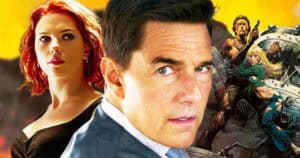
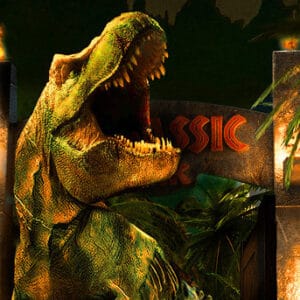
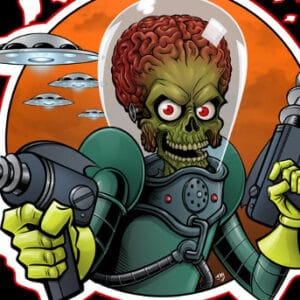
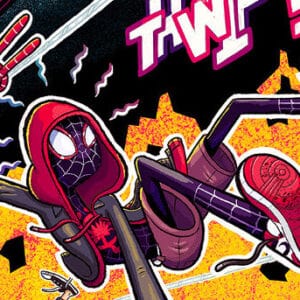
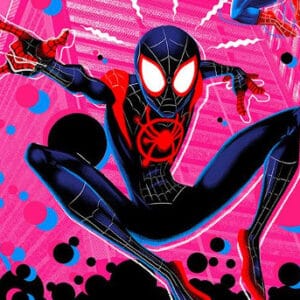
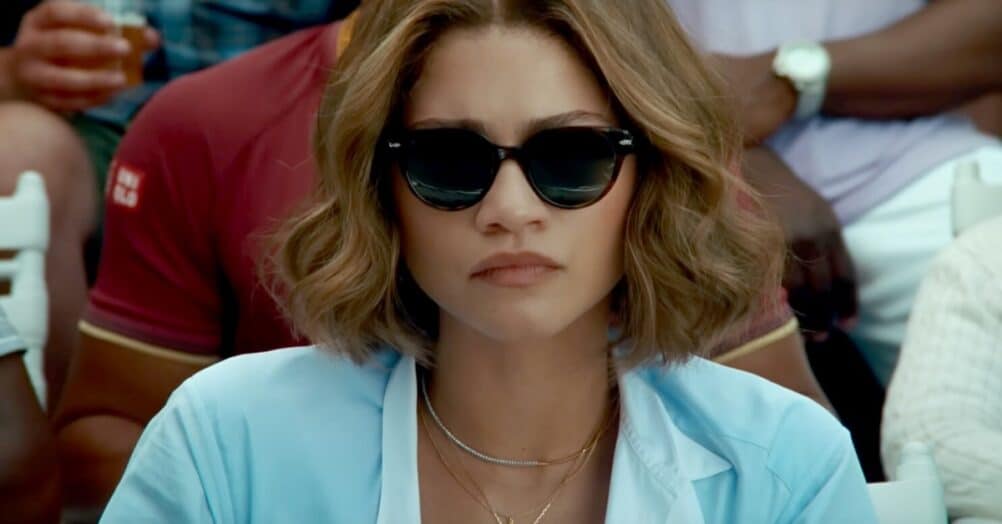
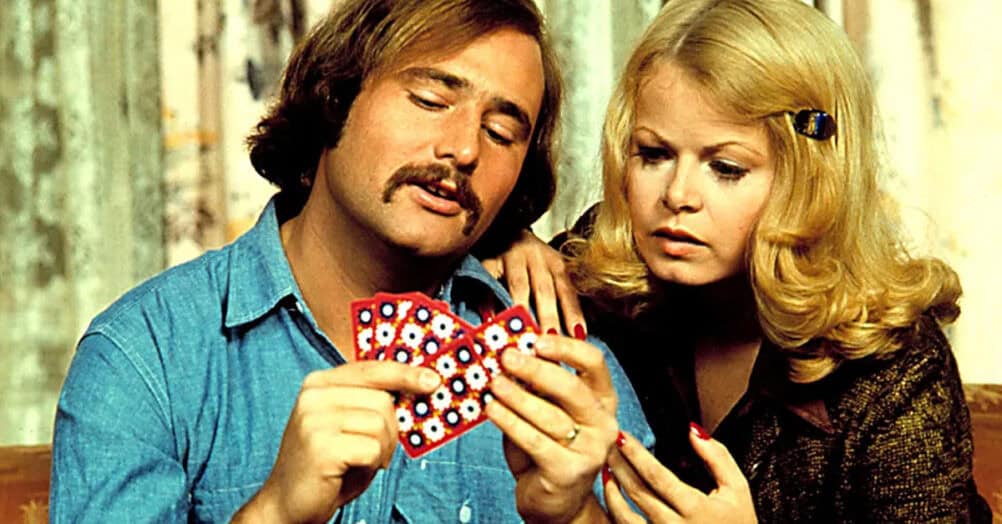
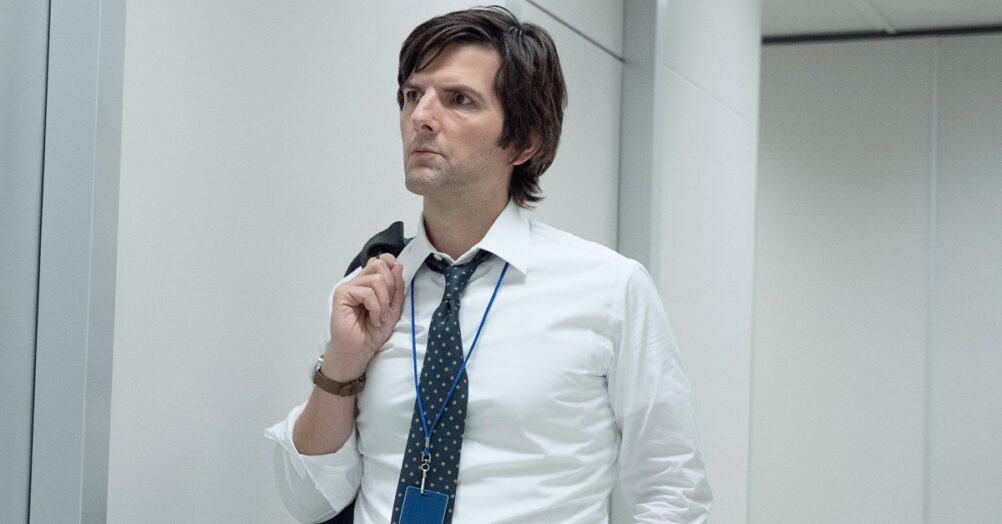
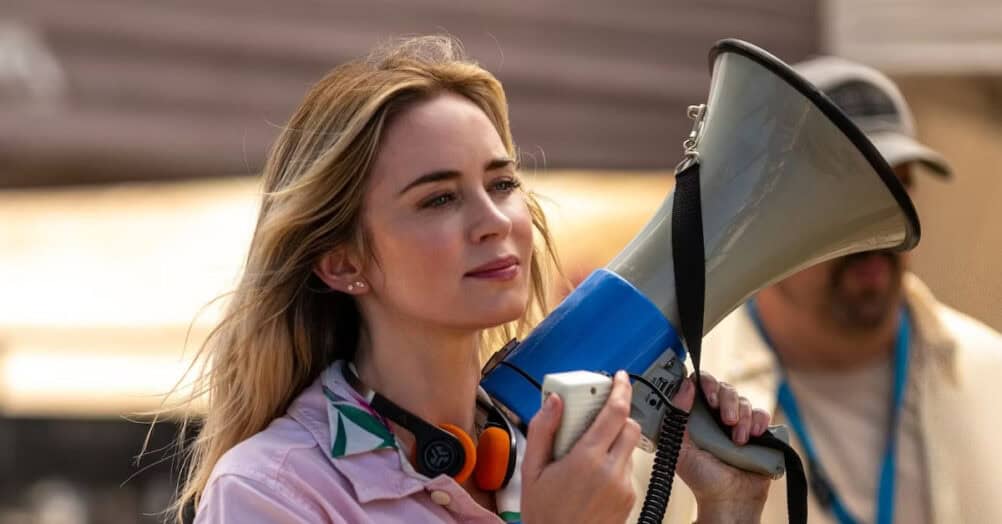
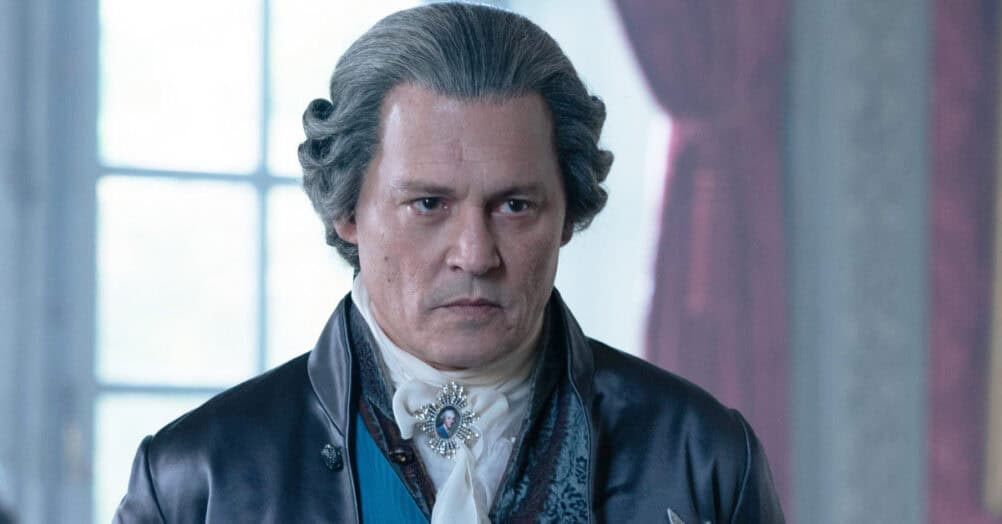
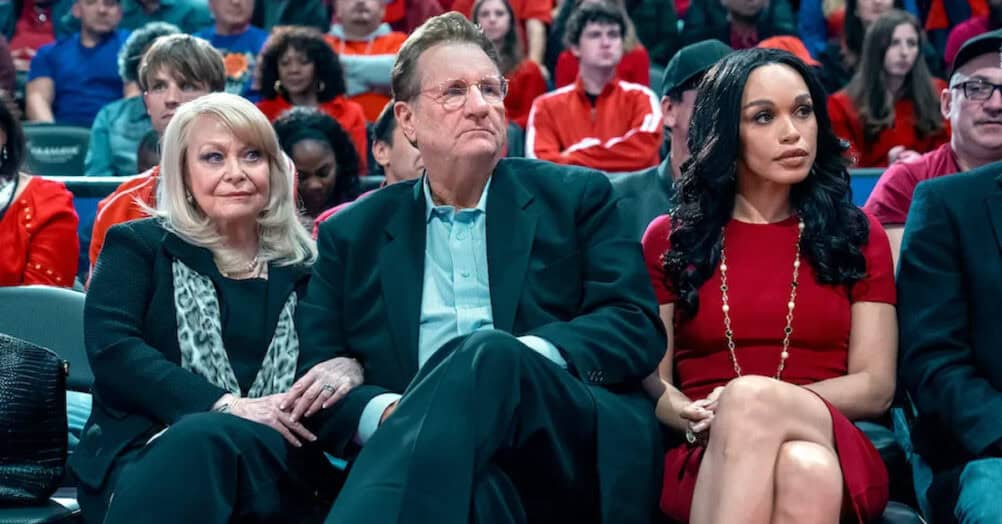
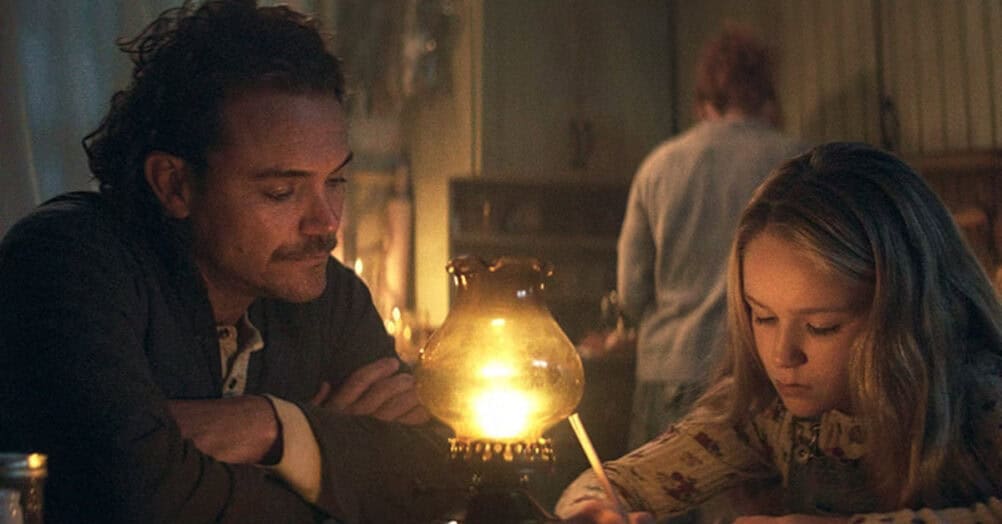
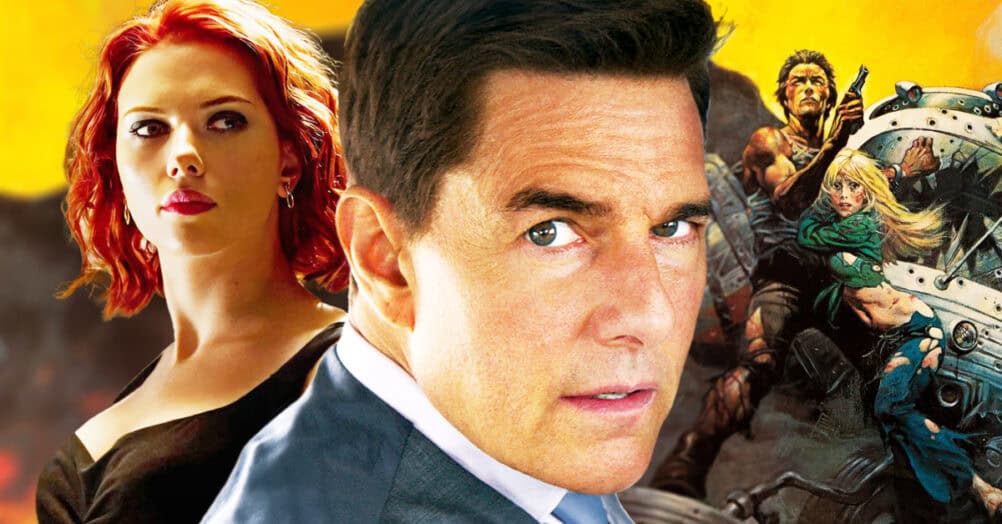
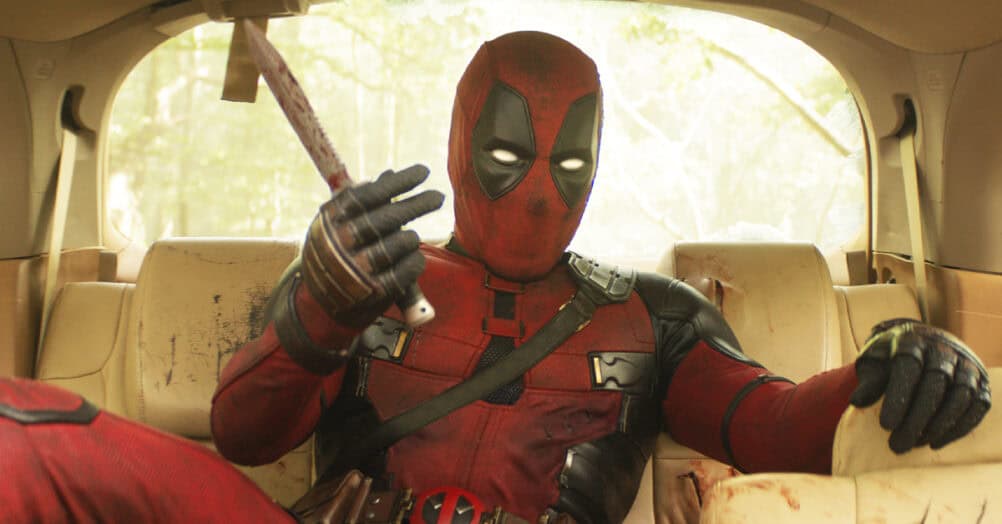

Follow the JOBLO MOVIE NETWORK
Follow us on YOUTUBE
Follow ARROW IN THE HEAD
Follow AITH on YOUTUBE